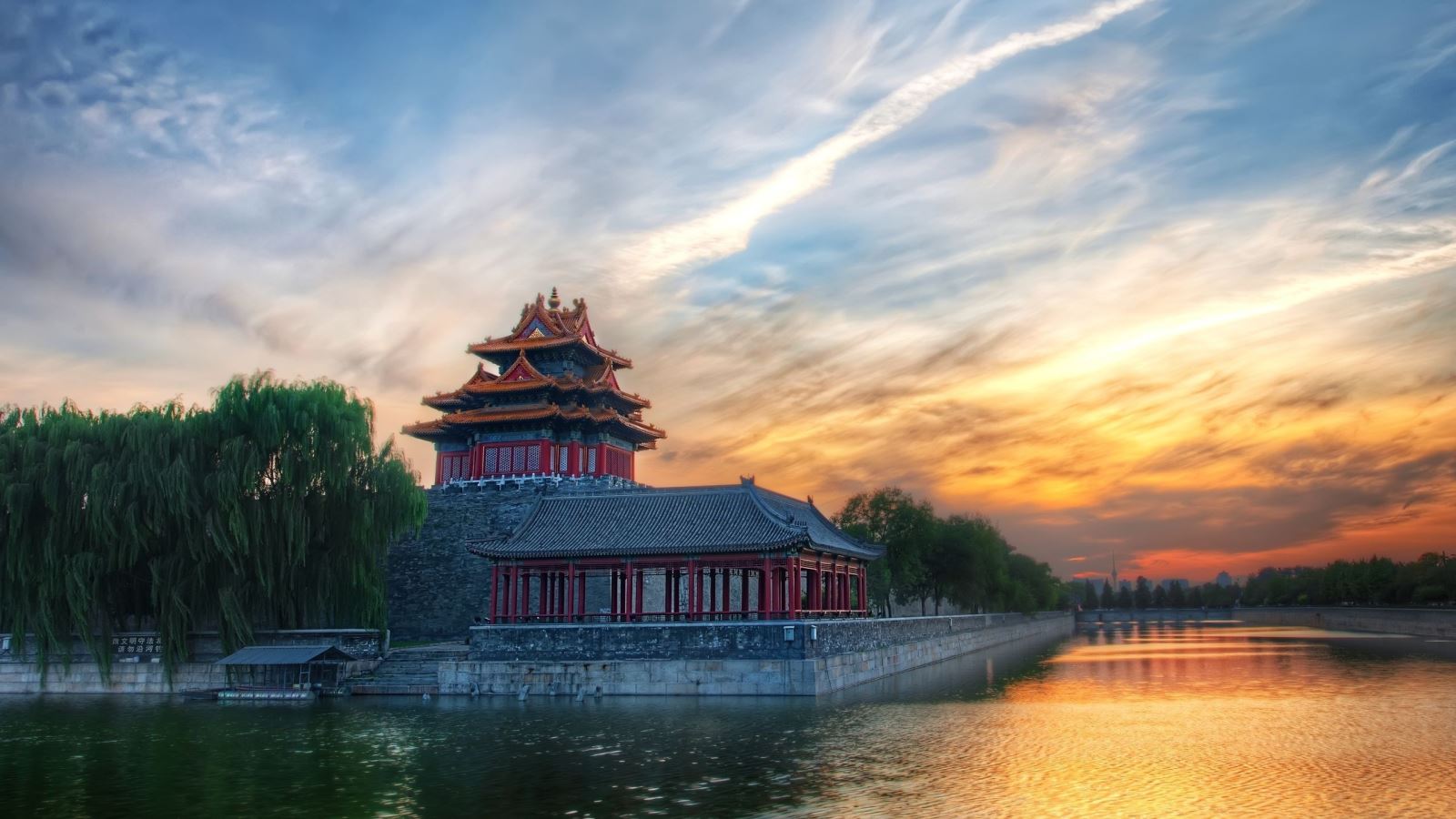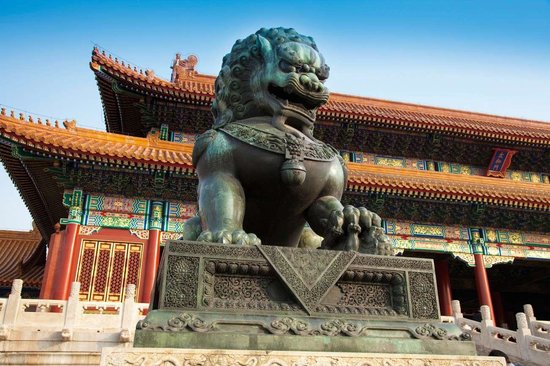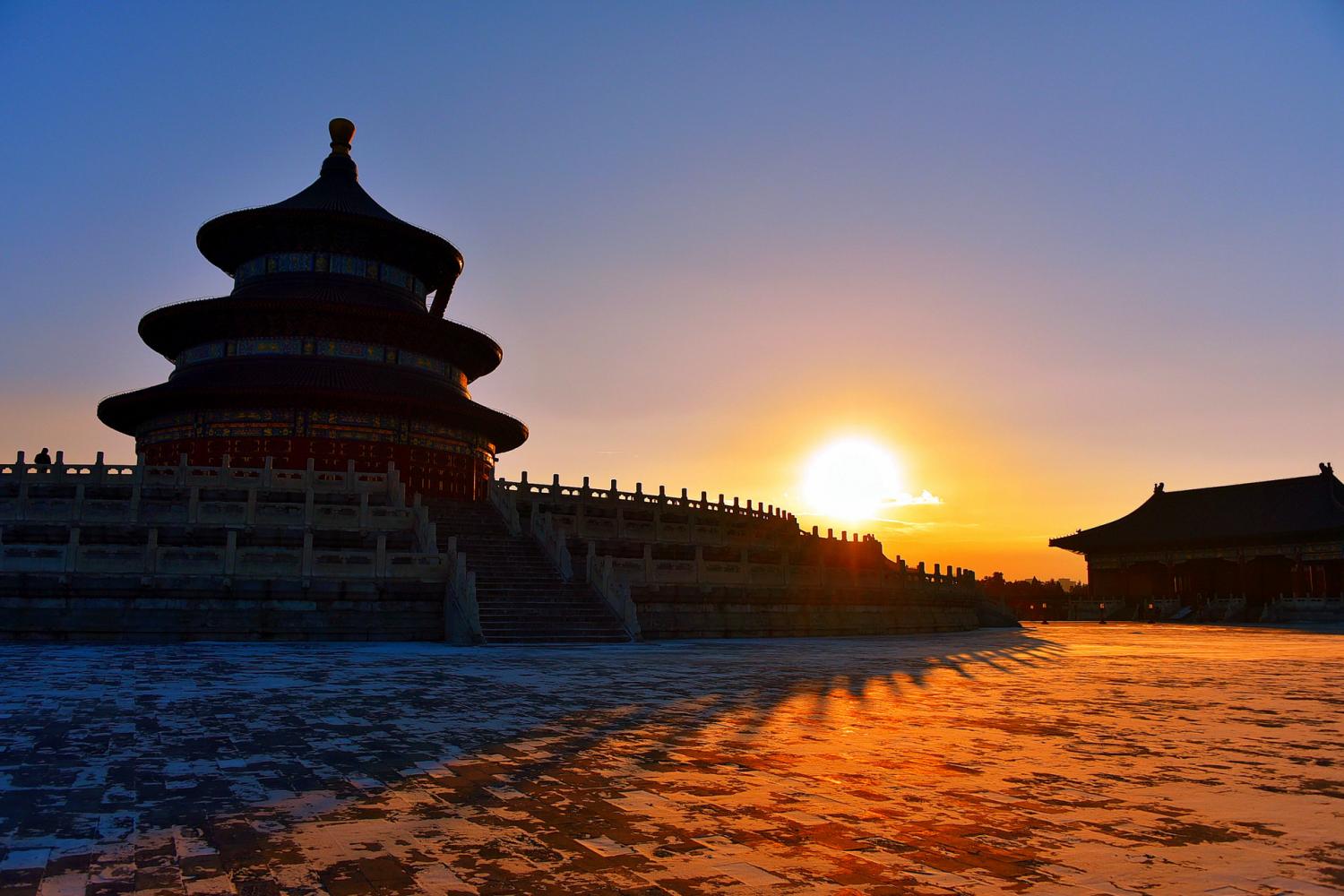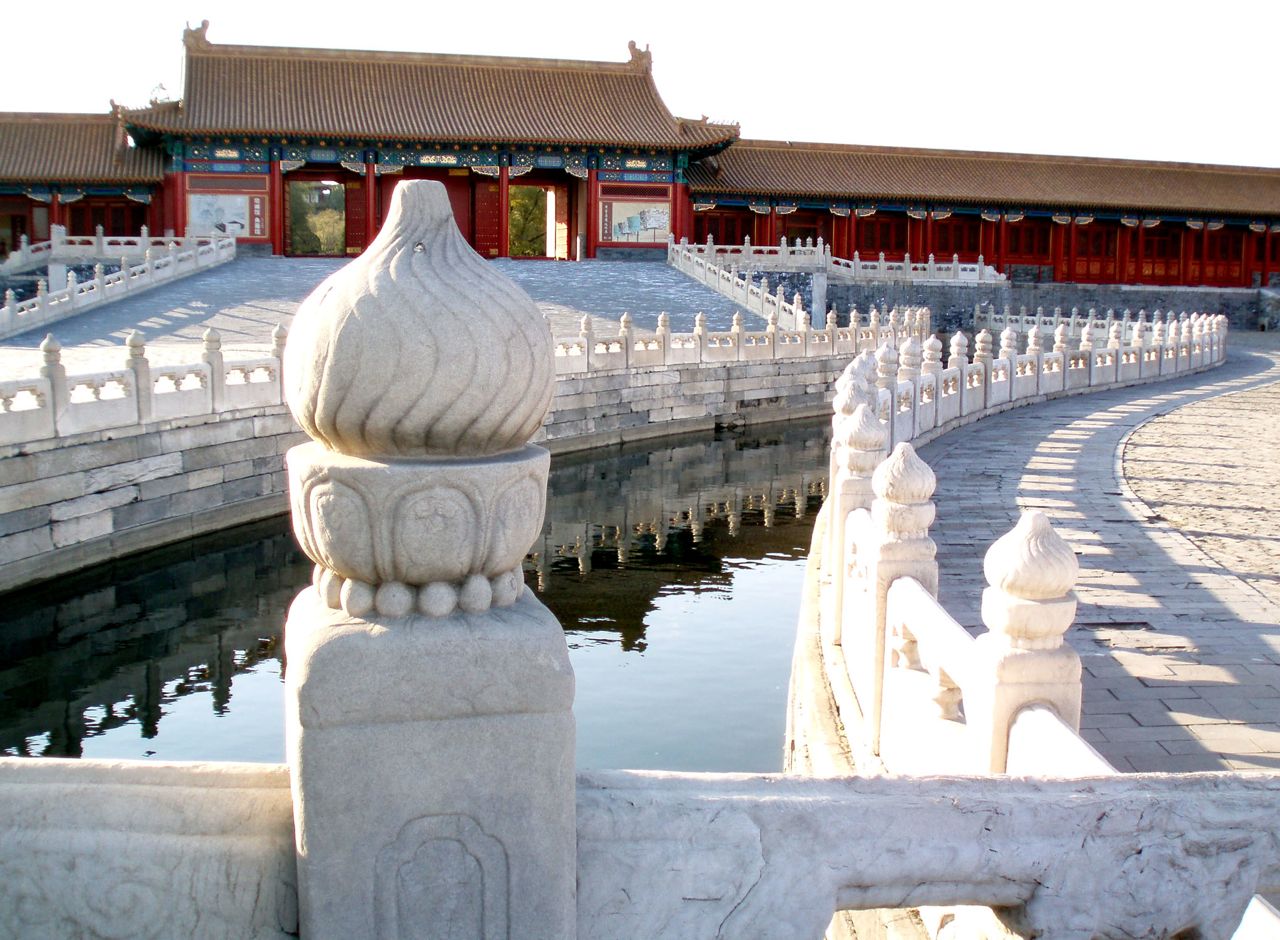Seat of supreme power for over five centuries (1416-1911), the Forbidden City in Beijing, with its landscaped gardens and many buildings (whose nearly 10,000 rooms contain furniture and works of art), constitutes a priceless testimony to Chinese civilization during the Ming and Qing dynasties.

The Imperial Palace of the Qing Dynasty in Shenyang consists of 114 buildings constructed between 1625–26 and 1783. It contains an important library and testifies to the foundation of the last dynasty that ruled China, before it expanded its power to the centre of the country and moved the capital to Beijing. This palace then became auxiliary to the Imperial Palace in Beijing. This remarkable architectural edifice offers important historical testimony to the history of the Qing Dynasty and to the cultural traditions of the Manchu and other tribes in the north of China.

The Imperial Palaces of the Ming and Qing dynasties in Beijing and Shenyang, particularly the Forbidden City, genuinely preserve the outstanding embodiment of Chinese hierarchical culture in the layout, design and decoration of the building complex.
The highest technical and artistic achievements of Chinese official architecture, conveyed by wooden structures, are preserved in an authentic way, and traditional craftsmanship is inherited. Various components of the Palaces bearing witness to the court culture of the Ming and Qing dynasties are retained, reflecting the lifestyle and values of the royal family of the times. The Imperial Palace of the Qing Dynasty in Shenyang genuinely preserves the historical arrangement of Manchu palace buildings, the style and features of local buildings and information on the exchange between Manchu and Han nationalities in lifestyle in the 17th and 18th centuries.



The Forbidden City is a palace complex in Dongcheng District, Beijing, China, and with a total area of 720,000 square meters (180 acres), it is the largest palace in the world. In fact, it is the world's largest complex of ancient wooden structures.

However, other Chinese imperial residences far exceed it in size, namely the 6.1 square kilometer Zhongnanhai which lies just west of the Forbidden City, the 2.9 square kilometer Summer Palace in Haidian District, Beijing, and the 5.6 square kilometer Chengde Mountain Resort in Chengde, Hebei Province.
The Forbidden City was declared a World Heritage Site in 1987, and is listed by UNESCO as the largest collection of preserved ancient wooden structures in the world.
According to en.wikipedia







![[TOP – BEST PRODUCTS 2023] TOP 100 outstanding OCOP- certified products in Vietnam (P.02) Antesco Henicorhynchus poached with sugarcane (An Giang Province)](https://aseanrecords.world/wp-content/uploads/2023/05/Ca-Linh-kho-mia-218x150.jpg)
![[TOP – BEST PRODUCTS 2023] TOP 100 outstanding OCOP- certified products in Vietnam (P.01) Mr.Ba Loc “Chao” fermented Java barb (An Giang Province)](https://aseanrecords.world/wp-content/uploads/2023/05/ipiccy_image-7-1024x640-1-218x150.jpg)




